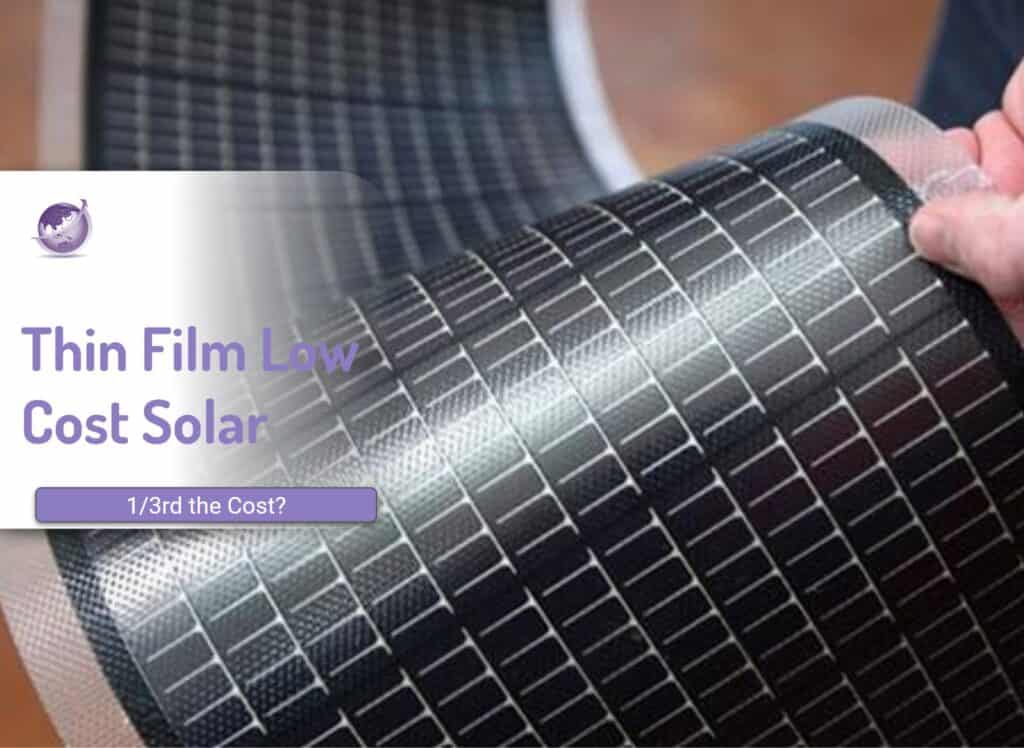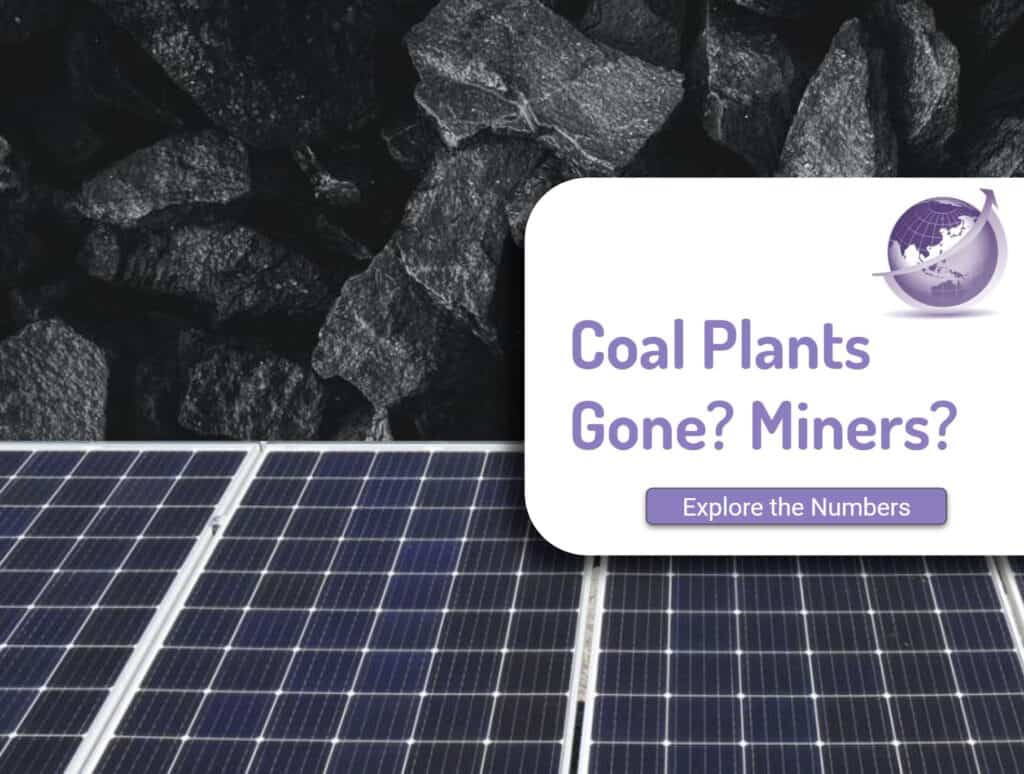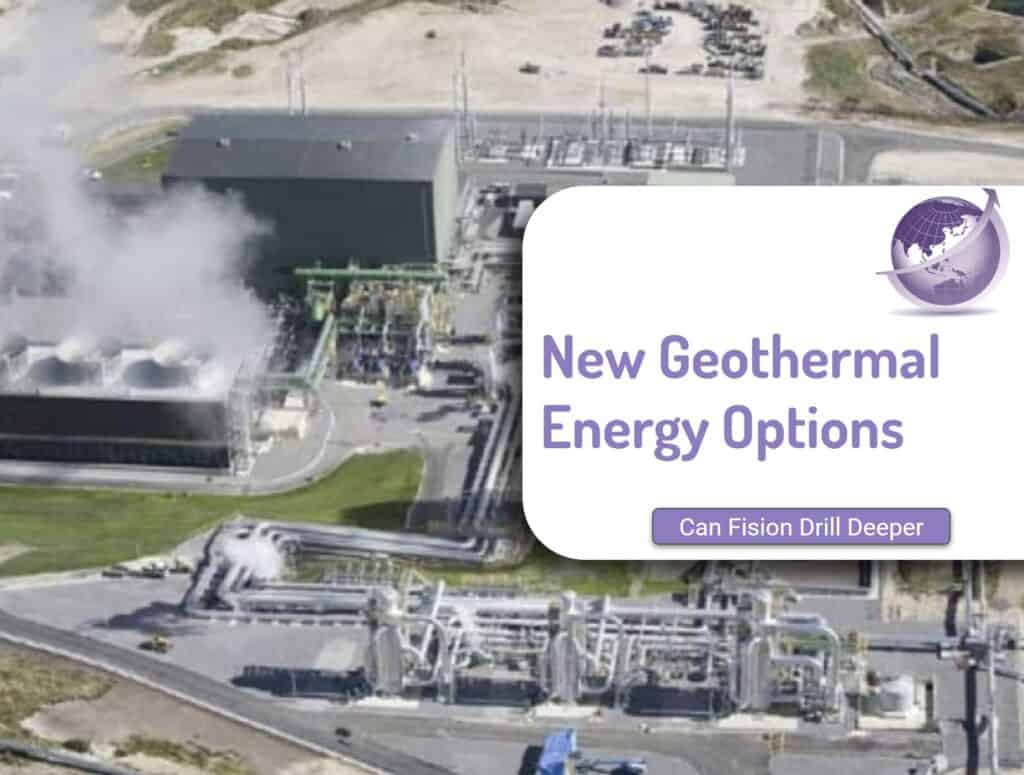Lower cost solar with thin film at 1/rd the price and 1/20th the weight is HyET Solar focus. Lighter and cheap is also the reason Future Fuels Industries made a 60% debt and investment deal in HyET Solar. HyET has thin film solar and hydrogen technology. The Dutch investment fund Teslin Participaties joined Fortescue Future Industries (FFI) in providing growth capital. This type of large investment in renewables will see renewable energy be well on the way by 2025.
HyET “powerfoil” does not use poly silicon wafers but is photovoltaic film made with silane, an industrial gas that is a compound of silicon and hydrogen. Layers are typically a hundred times thinner than the crystalline silicon materials, so much less of the expensive material. Efficiency was only 12% in 2011 but is now 15%. Industry thick film is 15-18% or more.
Extreme lightweight (5% of traditional glass panels) and low-cost raw materials (silicon based) are key enablers to produce solar power at the lowest Levelized Cost of Energy (LCOE)
Low Cost Solar Thin Film Solar Prices
- Standard crystalline solar panels = 19 to 21 cents per Watt
- Expected thin film, at volume = 5 to 7 c/W
New Factories for Thin Film
FFI and HyET plan to build a factory in Queensland to make 1 GW of “powerfoil” each year. Reducing the amount of poly silicon that goes into mainstream solar panels is now a key focus among those working on the challenge of low-cost solar.
- The original Arnhem factory produces 1 megawatt of powerfoil each year
- An adjacent factory will 40 megawatts of powerfoil by end of 2022, scaled to 300MW
- A Queenland factory planned at 1GW by end 2024 ($US300million)
HyET Solar History
Nuon, a Dutch company, via its wholly-owned subsidiary Nuon Helianthos, opened a test plant for the production of flexible solar cells in June, 2009, with the intention to later open a production plant nearby. Swedish renewable energy giant Vattenfall invested $US13.3 billion in Nuon in 2009 . But by 2011, the honeymoon was over, and they saw no merit in continuing with Nuon’s experimental factory making super slim, flexible solar panels in the Dutch city of Arnhem. While they planned for one million square metres of solar cell laminate to be used as roof covering, building facades and sunblinds, amongst other applications, the competition of cheap silicon crystalline solar from China was too much.
In 2011, Nuon said it had completed the R&D phase of the technology and approached more than 150 potential partners to invest in a production plant, but Helianthos “exhausted all available options” and the situation was “highly regrettable”. (PV Magazine 2011)
Rombout Swanborn stepped in and bought the business. A decade after buying the Arnhem factory for a peppercorn price, Swanborn has 50 employees and struck a debt and equity (60%) deal with Australian iron ore miner Fortescue Metals Group become the controlling shareholder in his company. They have both thin-film solar and hydrogen technology – hydrogen compression and extraction based on electrochemical processes.




.









